IMDEA Networks

Noticias
Vinuri Bandara recibe la Google PhD Fellowship por su investigación en seguridad y privacidad en Android
Vinuri Bandara, estudiante de doctorado en IMDEA Networks, es una apasionada de la tecnología. Su compromiso con hacerla más transparente...
Seguir leyendo arrow_right_altNEXTONIC: el laboratorio 5TONIC inicia en su 10º aniversario una nueva etapa para liderar el 6G
El laboratorio 5TONIC, fundado en 2015 por Telefónica e IMDEA Networks como primer espacio de innovación abierta en 5G, ha...
Seguir leyendo arrow_right_altUn equipo de investigación de IMDEA Networks diseña un sistema que reduce considerablemente el tiempo de búsqueda de aparcamiento en ciudades
Un equipo de investigación de IMDEA Networks ha desarrollado un sistema de coordinación llamado Cord-Approx que reduce significativamente el tiempo...
Seguir leyendo arrow_right_altIMDEA Networks participa en la Noche Europea de los Investigadores de Madrid 2025
El 26 de septiembre, nuestro director Albert Banchs participó en la decimosexta edición de la Noche Europea de los Investigadores...
Seguir leyendo arrow_right_altEl 5G está desplegado, pero no siempre ofrece conexiones más rápidas que el 4G
El 5G lleva años en nuestras vidas y en el mercado, mientras la industria ya pone la vista en su...
Seguir leyendo arrow_right_altUn estudio en el que participa IMDEA Networks revela cómo apps móviles rastrean a los usuarios a través de WiFi y Bluetooth
Investigadores de IMDEA Networks, en colaboración con la Universidad Carlos III de Madrid, el Instituto IMDEA Software y la Universidad...
Seguir leyendo arrow_right_altDomenico Giustiniano es promocionado a profesor titular en IMDEA Networks
La madre encendió la grabadora y comenzó a entrevistar a su hijo. «¿Qué quieres ser de mayor?», le preguntó cuando...
Seguir leyendo arrow_right_altSocial Probing: encuestas indirectas para entender mejor a la sociedad
¿Cómo podemos conocer qué piensa una sociedad sin recurrir a encuestas tradicionales que requieren grandes muestras y una inversión considerable?...
Seguir leyendo arrow_right_altIMDEA Networks abre sus laboratorios a estudiantes para una jornada de divulgación científica y retos tecnológicos
IMDEA Networks ha recibido la visita de un grupo de 54 estudiantes de secundaria del Colegio Amanecer (Alcorcón, Madrid), que...
Seguir leyendo arrow_right_altIMDEA Networks recibe el 'Best Student Paper Award' por su IA de última generación para el tráfico móvil
Un equipo de investigación de IMDEA Networks ha recibido el prestigioso ‘Best Student Paper Award’ por su trabajo “A scalable...
Seguir leyendo arrow_right_alt

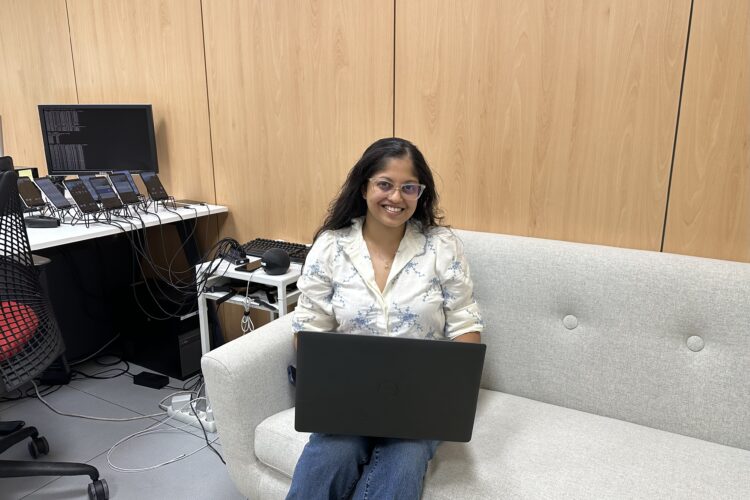
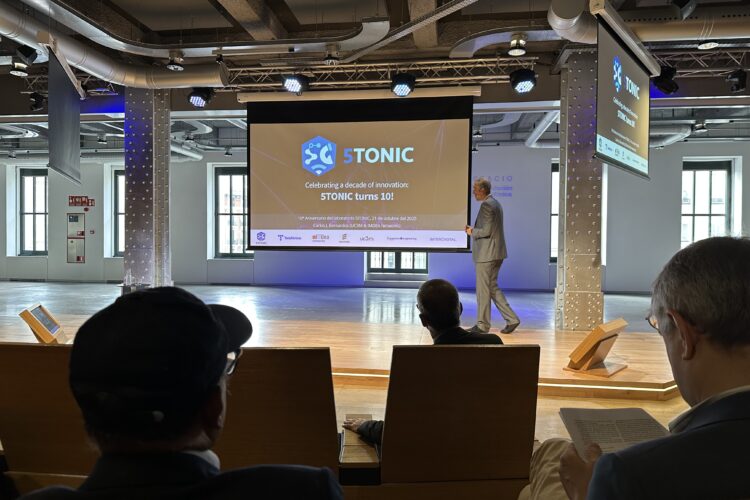

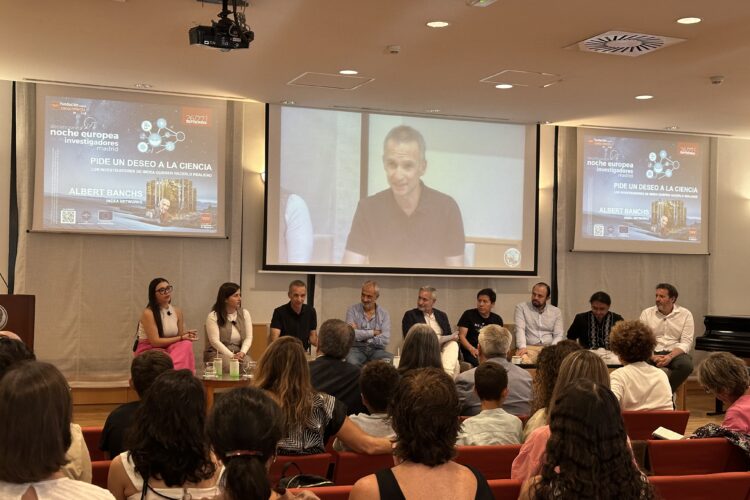
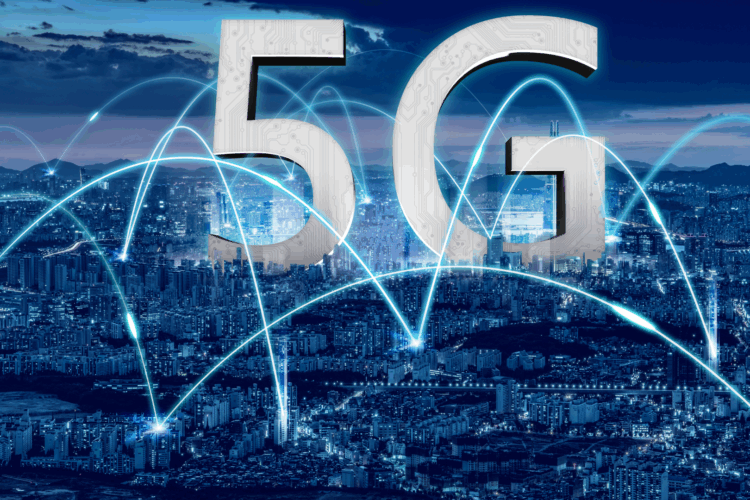



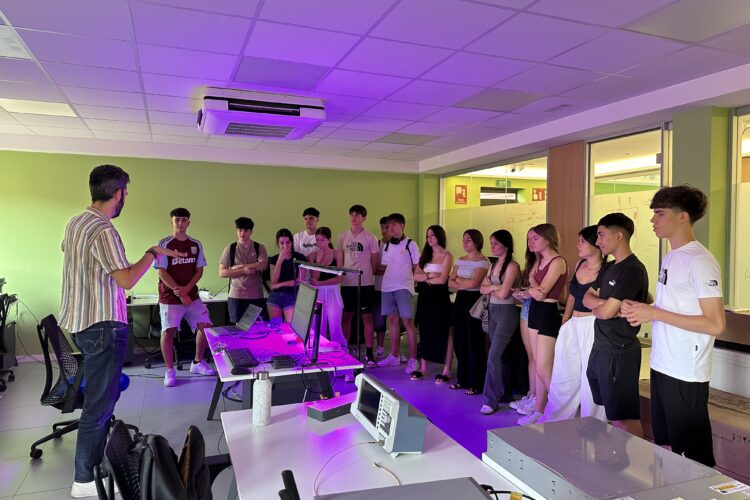
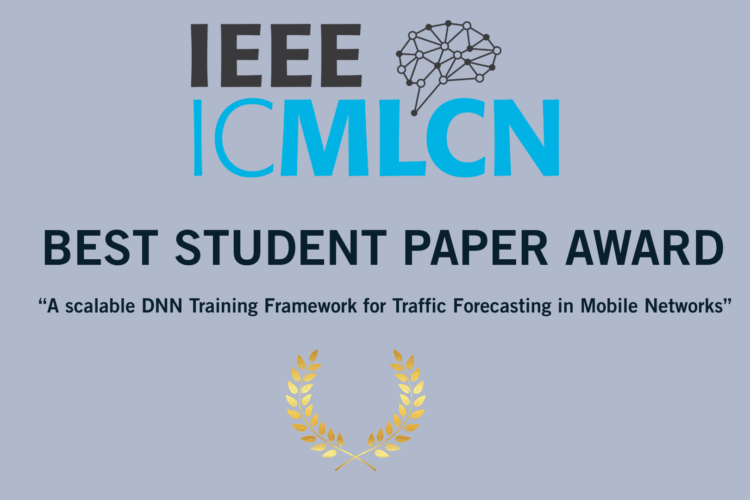
Comentarios recientes